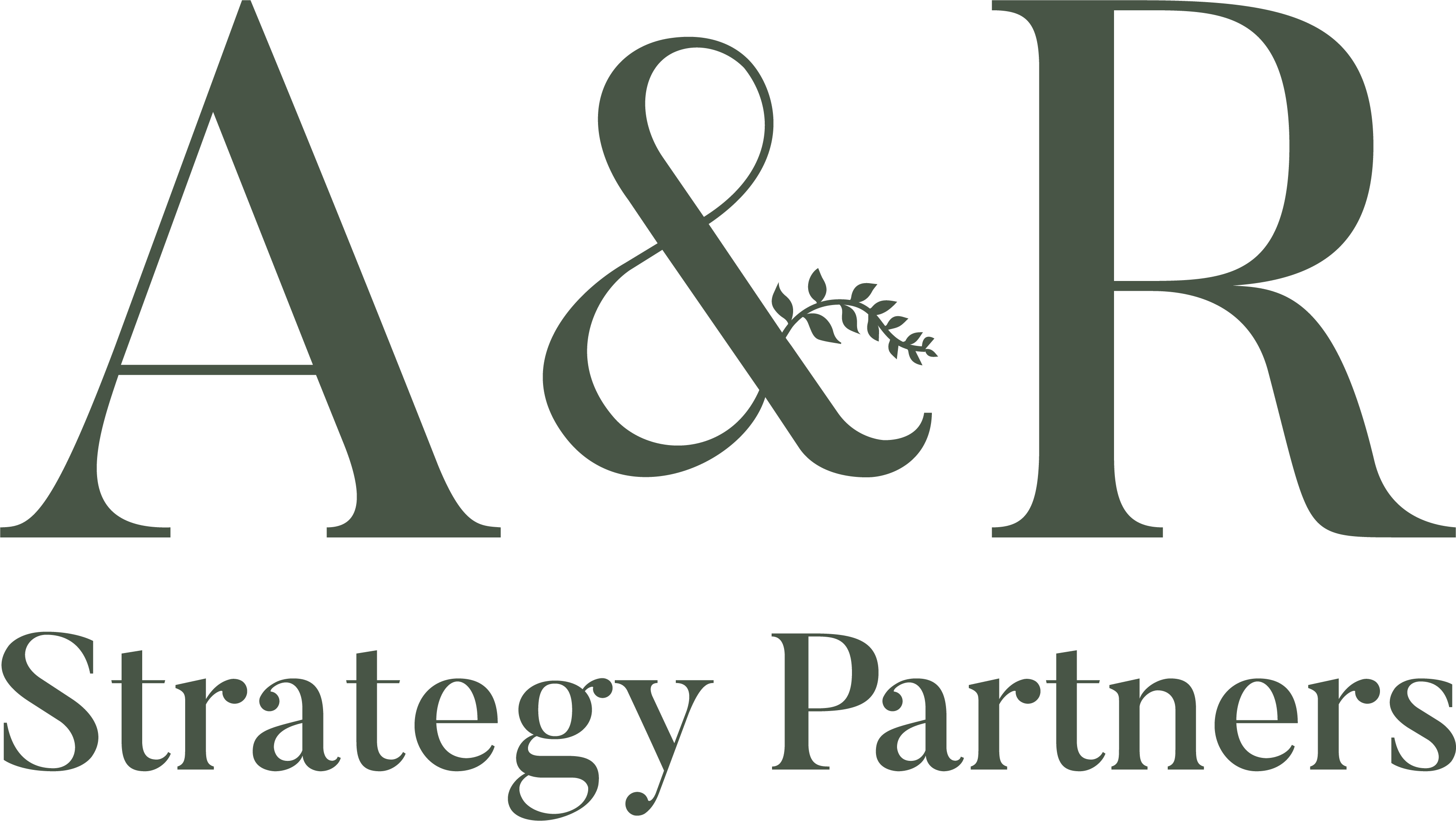To successfully launch and grow a strong company, there are many factors that become crucial for your business to maintain relevancy and resiliency in your industry. Your company’s success is inextricably linked to various facets of strategy, decision-making, and planning, but the true foundation of your company’s advancements and achievements are tied to your people, and the talent they possess. The people that you rely on everyday to execute creative visions and tackle industry challenges represent the foundation of your company’s continued success, and without that talent, your company’s health could be at risk.
Talent is one of the greatest sources of competitive advantage, and at the same time, one of the most significant risks your company faces. As meaningful as talent is to small and large businesses, many C-suite executives have just started to recognize talent as a critical component of their company’s success.
Set your company up for success, starting today, and make talent a priority. Here are 2 ways that you can prioritize talent in your company, so that your business can thrive in any competitive industry.
Establish your internal talent pipeline and implement a quarterly review for gaps
All professional sports teams serve as reminders that routinely assessing your talent base, and filling talent gaps as required, is critical to gaining strength, increasing momentum, and remaining competitive.
Ensuring that your company continues to “win” and has solid “bench strength” is imperative when your business is faced with employee turnover. Employee turnover equals a loss or exchange of talent, and that can affect every company in a different manner. Take a proactive and preparatory approach, rather than a reactive role, and monitor the development of potential successors for critical roles within your organization, so that when turnover occurs, you are ready with a strategy in place.
Develop an internal talent pipeline and review it quarterly for any gaps that might disrupt your company’s success in the future. Your pipeline should acknowledge immediate need and risk, but also look down the road to one-year and three-year possible talent insufficiencies. While you might not find all of your answers internally, it’s a good place to start, and can be a springboard for external action.
Understand talent as a key component of your company’s strategic execution
Talent is not an outlier. As the C-suite plans and designs departmental-specific and company-wide strategies, talent should have a seat at the table. Leaving talent out of strategic
planning conversations is not only detrimental to your plans, but it will allow for an incomplete strategy to live in your company.
Ask the following questions:
- Do you currently have the human capital in your company to execute the proposed strategy?
- Who will be diverted from their current responsibilities to get the new or revised strategy off the ground?
- Can you develop the talent needed in-house or are you going to have to recruit (and buy) talent externally?
No matter how brilliant a strategy is, if it glosses over a component such as talent, the strategy will not survive. Talent is the backbone of your company strategies and when it lacks prioritization, it could impair strategic execution in a major way. Part of your strategic discussions should include how talent fits into the proposed timeline, how a gain or loss of talent will affect the strategy, and how you can utilize your talent base to uphold or advance your vision.
Your company heavily relies on your talent and therefore, it should be an integral part of every conversation, not an afterthought or side note. Don’t wait until your next board meeting or quarterly revision to make talent a priority in your company. The talent you keep touches every aspect of your business, so take one step today toward giving your talent the consideration it deserves. Your company’s success depends on it.

